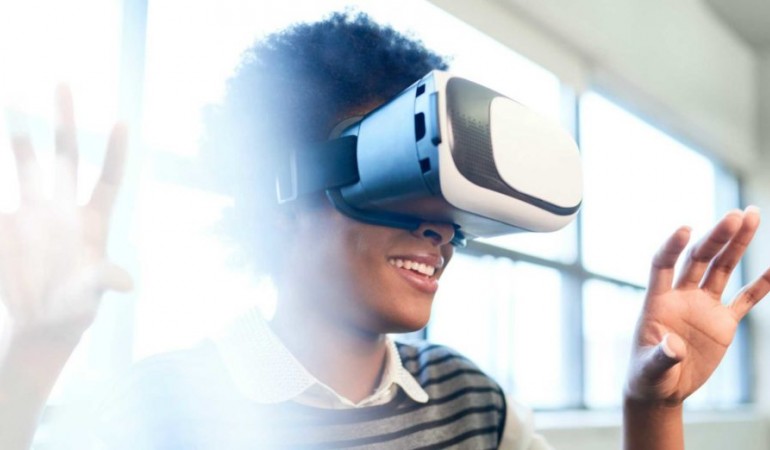How do biases affect risk identification?
For risk and compliance managers, it is important to be aware of biases, how they can affect risk identification and how to limit their role in clouding judgment.

Virtual reality (VR) is a three-dimensional, computer-generated representation of physical worlds. These worlds are immersive, and users can interact with them as if they are real. A variety of VR devices are available on the market, ranging from inexpensive cardboard-based devices that work with a smartphone to expensive, professional-grade headsets.
In most cases, companies use VR to allow their employees to practice dealing with real-world scenarios. For example, VR firm Strivr uses the technology to prepaire retail workers for massive crowds on Black Friday. Here are some other advantages of using VR in training:
The best technology has limited impact if you do not deploy it efficiently, and that is especially true for emerging technologies such as VR. To help you integrate VR into your training initiatives, consider the following suggestions.
Use VR For Corporate Onboarding.
Instead of sending trainers to conduct new-hire training, you can save money by using VR. Since the cost of VR tech has come down so sharply in recent years, some companies are now opting to send pre-loaded VR headsets with training videos to field offices to reduce expenses.
Use VR For Critical Skills Training.
Because of the immersive nature of VR, it is a good choice to reinforce the most critical aspects of training or skill development. For example, health care organizations are increasingly using VR to train surgeons on new techniques in a risk-free environment. For other employees who are tasked with sensitive or critical operations, VR training can be a vital tool that reduces errors and lowers liability.
Measure the Effectiveness of Your VR Training Programs.
One way to evaluate VR training effectiveness is to administer a skills assessment following a VR session. For example, one hospital provided VR training to help its employees master the skill of IV insertion and used post-training assessments to demonstrate that their skills were enhanced significantly after one training session. You can also ask your employees to provide feedback about what works and what needs improvement following VR training. Integrate this input when designing your VR content.
Make Your VR as Interactive as Possible.
The more workers feel that they are interacting with a live environment, the more impactful the experience. Add narration or allow users to dictate their path in a non-linear fashion as they explore the virtual environment. Consider adding elements such as voiceover or hotspot overlays to make the experience more immersive and memorable.
Use VR as a Learning Lab.
Allow workers to use virtual environments to create radical new solutions to problems or upgrades to existing services or products. You can also use VR to ramp up the benefits of scenario-based learning, which is known to enhance critical thinking and real-world decision-making. By integrating immersive, 360-degree video into scenario-based training, the experience is more resonant and realistic, which will help people retain what they have learned.
Virtual reality is poised to be a breakthrough technology for training, thanks to its immersive nature and the freedom it offers to practice in realistic settings without worrying about outcomes. Follow these tips to increase the effectiveness of your VR training program.
NEXT